What Does a Valve Do?
Have you ever turned on a tap, opened a gas burner, or watched a massive industrial machine in action? In each of these cases, a small part quietly does an important job — it controls the flow, speed, and direction of liquids or gases. These small but powerful mechanisms are fundamental to systems across residential, commercial, and industrial settings.
This article explains what these parts do, how they work, and why they are important in today’s buildings and factories. Whether you run a large plant or are just curious about how flow systems work, this guide makes it easy to understand.
What Exactly Does It Do?
At its core, this mechanical component has one primary purpose: to regulate movement inside a pipeline or system. It could be water running through your home, steam in a machine, or chemicals mixed in a factory. These parts control the flow by opening, closing, or adjusting the path.
In real terms, it’s like a traffic light for fluids—green means go, red means stop, and yellow allows for moderation.
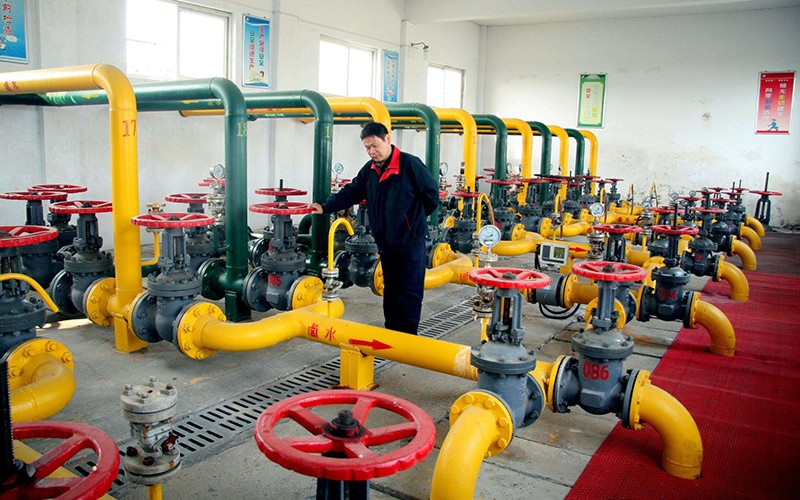
Key Functions You Should Know
Across industries, the typical functions performed include:
• Start and Stop
Some systems require complete isolation—either the medium flows fully, or not at all. It works much like a switch that controls whether the flow is on or off.
• Control Flow Rate
When working with chemicals or heat, being able to adjust the flow exactly is extremely important.
• Pressure Management
Certain models are designed to relieve excess build-up, preventing damage or accidents due to overpressure.
• Prevent Reverse Flow
In critical systems like pumps or fuel lines, unidirectional movement is essential. Specialized models ensure the fluid moves only one way.
• Change Direction
In complex systems, operators may need to reroute the flow to different outlets. Switching mechanisms help control this direction seamlessly.
Each function serves to maintain system efficiency, protect equipment, and uphold safety standards.
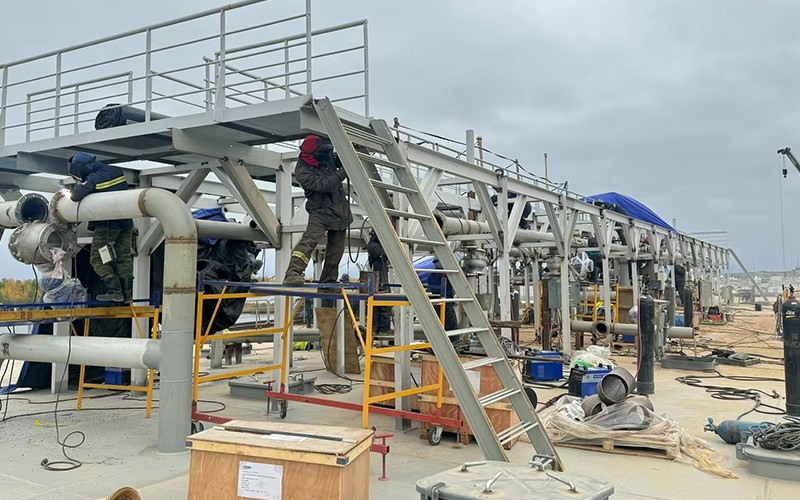
Different Designs for Different Jobs
No single design fits every application. The mechanical design varies based on intended use, system pressure, temperature, and the characteristics of the medium involved.
Let’s look at some commonly used designs and their typical environments:
• Spherical Shut-Offs: Ideal for fast, simple control in residential and light industrial use.
• Linear Control Types: Provide fine adjustment, often used in high-precision scenarios like labs or manufacturing plants.
• Rotary Devices: Lightweight and suitable for large-volume flow situations, such as HVAC or municipal waterworks.
• Non-Return Units: Automatically restrict reverse motion to protect pumps and maintain flow integrity.
• Safety Mechanisms: Activate under excess pressure to protect downstream equipment or personnel.
Choosing the right one means thinking about how it works, how long it lasts, and if it matches your environment.
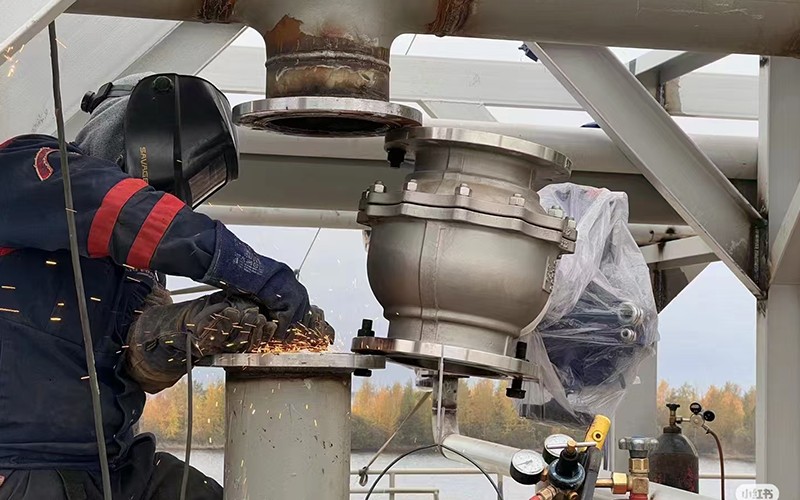
Real-World Applications
From power plants to beverage factories, these devices are essential. Here are a few sectors where their role is particularly crucial:
• Oil & Gas: Used to isolate and direct flow in extraction and refining processes.
• Chemical Processing: Handle corrosive or high-temperature materials with precision.
• Water Treatment: Manage flow distribution, filtering stages, and discharge systems.
• Pharmaceuticals: Ensure sterile, accurate dosage and mixing under strict hygiene controls.
• Food & Beverage: Regulate sanitary processes in bottling, pasteurization, and cleaning systems.
When just one part stops working right, it can lead to serious issues, danger, or wasted products.
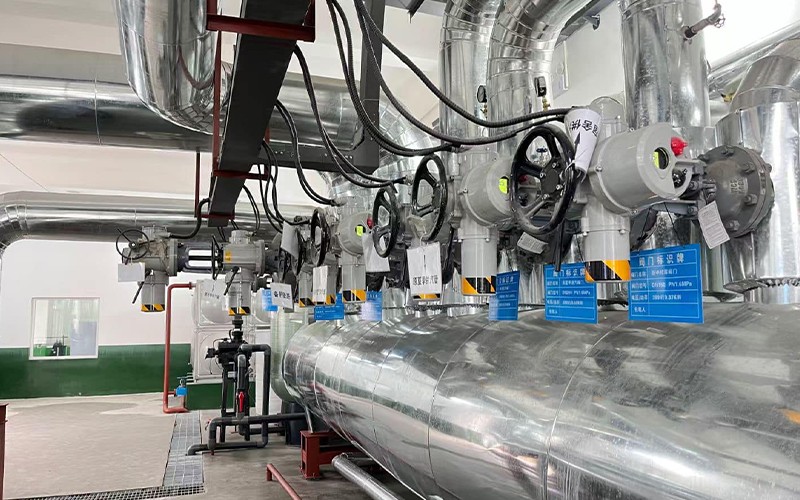
How the Mechanism Works
Inside most of these parts, there’s a piece that moves, like a disc or ball, which turns or lifts to let flow pass or stop it. The movement may be manual, or powered by electrical, pneumatic, or hydraulic actuators. Seals and seats keep the flow from leaking when they close the path.
For example, imagine a sphere with a hole drilled through it. When aligned with the pipeline, material flows freely. Turning it 90 degrees blocks the path. This is simple physics—and brilliant engineering.
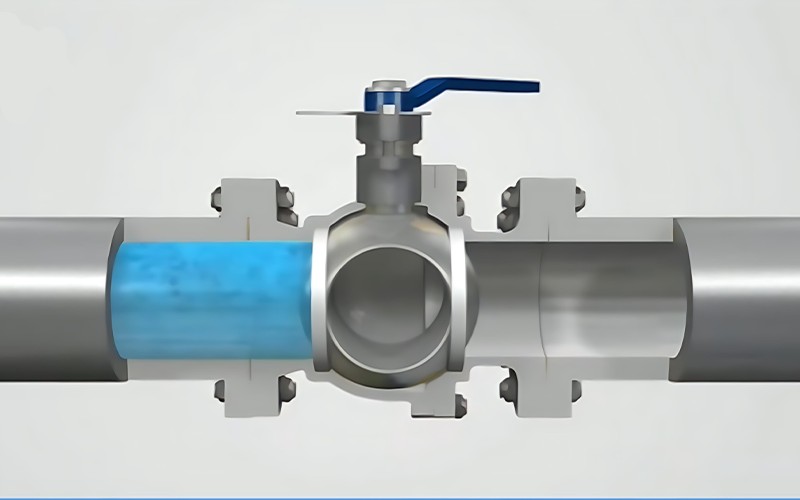
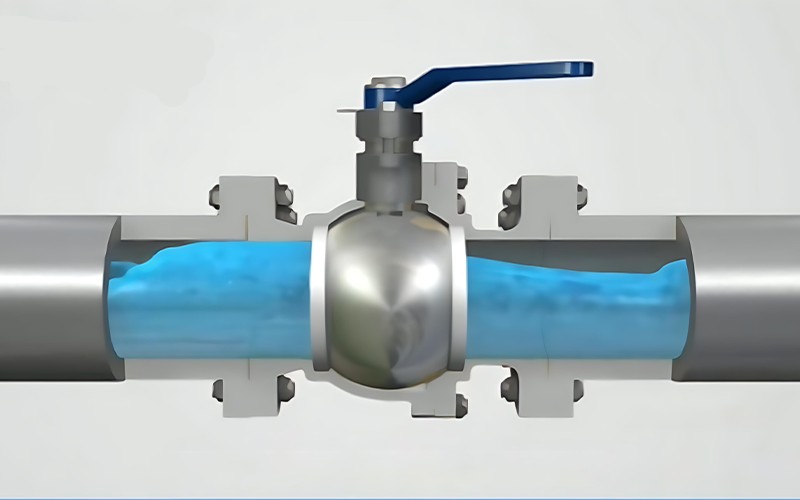
Buying Advice: What to Consider
If you're sourcing for an industrial project, these factors can influence performance and lifecycle:
• Fluid Type: Is it corrosive? Viscous? Carrying solid particles?
• Operating Conditions: What pressure and temperature will the system handle?
• Material Compatibility: Stainless steel, bronze, or plastic?
• Actuation Method: Will the operation be manual, motorized, or controlled remotely?
• Connection Type: Which type of joints do you intend to use: threaded, flanged, or welded?
Picking the right model helps avoid breakdowns and damage, and it also makes the system work better and cost less over time.
Conclusion: More Than Just a Flow Stopper
To answer the main question—what does a valve do?—it helps us control, protect, and manage the flow of energy and materials. It serves as an enabler of innovation, safety, and performance.
With years of experience making flow control products for tough industries, we know how important it is to choose the right part. If you need reliable equipment and expert advice, our team is ready to help you.
Explore our catalog, request a quote, or get in touch to discuss your project requirements. Let’s engineer your next success—one flow at a time.












